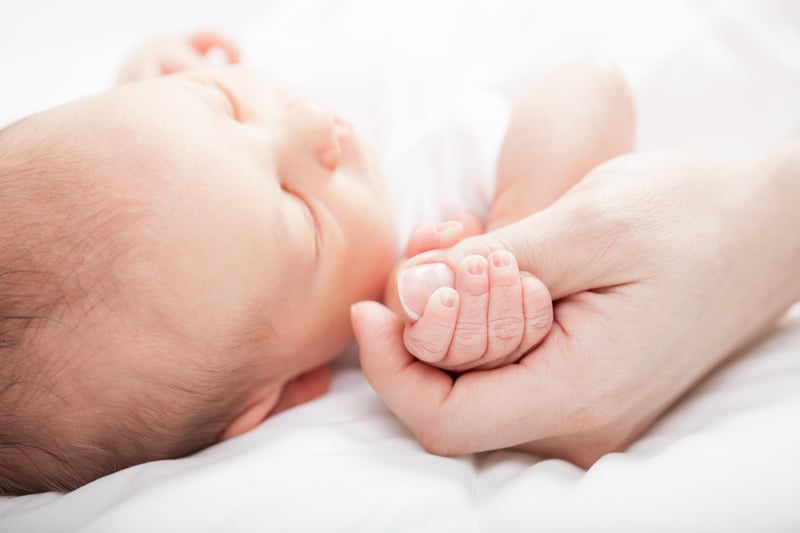What Is 3-Person IVF and Will It Come to the U.S.?
Imagine if you had a genetic disease and knew there was a chance you could pass it on to your children.
Now, imagine there was a way for this disease to be removed prior to having IVF, but that the procedure wasn’t legal in your country.

This is the difficult reality that many couples and individuals with mitochondrial diseases face. Mitochondrial diseases, caused by genetic abnormalities in a person’s DNA, are passed down through the maternal line. Examples of mitochondrial diseases include Wolff-Parkinson-White syndrome and Leigh's disease, although there are many more.
These diseases range in severity of symptoms and can affect a person’s life expectancy. The notion of passing a mitochondrial disease down to your child is very emotionally difficult, which is why some women choose to use an egg donor or adopt in order to prevent these diseases from recurring in the next generation.
What is 3-Person IVF exactly?
3-Person IVF is a possible solution for women in this situation. The procedure, also referred to as “3-Parent IVF,” involves the mother’s egg, the father’s sperm, and a donor’s DNA. In this procedure the donor’s DNA is exchanged with the mother’s in order to remove the abnormality and replace it with normal, healthy DNA. This allows a mother with a mitochondrial condition still to be the biological mother of her own child – the donor’s DNA accounts for just 0.2% of the child’s genetic material.
Why isn’t 3-Person IVF allowed in the U.S.?
Although the UK government voted to legalize the procedure in February 2015, it was not without controversy. Those opposed argued that the procedure opens doors for so-called “designer babies,” although UK law only allows for use of 3-Person IVF where a mitochondrial condition exists. Due to similar concerns, U.S. law does not yet permit the procedure. Last year, the U.S. Food and Drug Administration (FDA) considered the procedure, but ultimately called for more studies before making a decision. The FDA is continuing to meet and discuss mitochondrial replacement in the U.S. over the coming year, having had its first round of meetings back in January.
Ultimately it is up to every couple or individual building their family to decide what is right for them within the bounds of the law. Whether you choose to use an egg donor or take another route to parenthood, the choice is yours and yours alone. 3-Person IVF may not yet be available in the U.S., but if it should become legal in the future, those women who suffer from mitochondrial diseases will have the option of having a child of their own without passing the disease to another generation.




